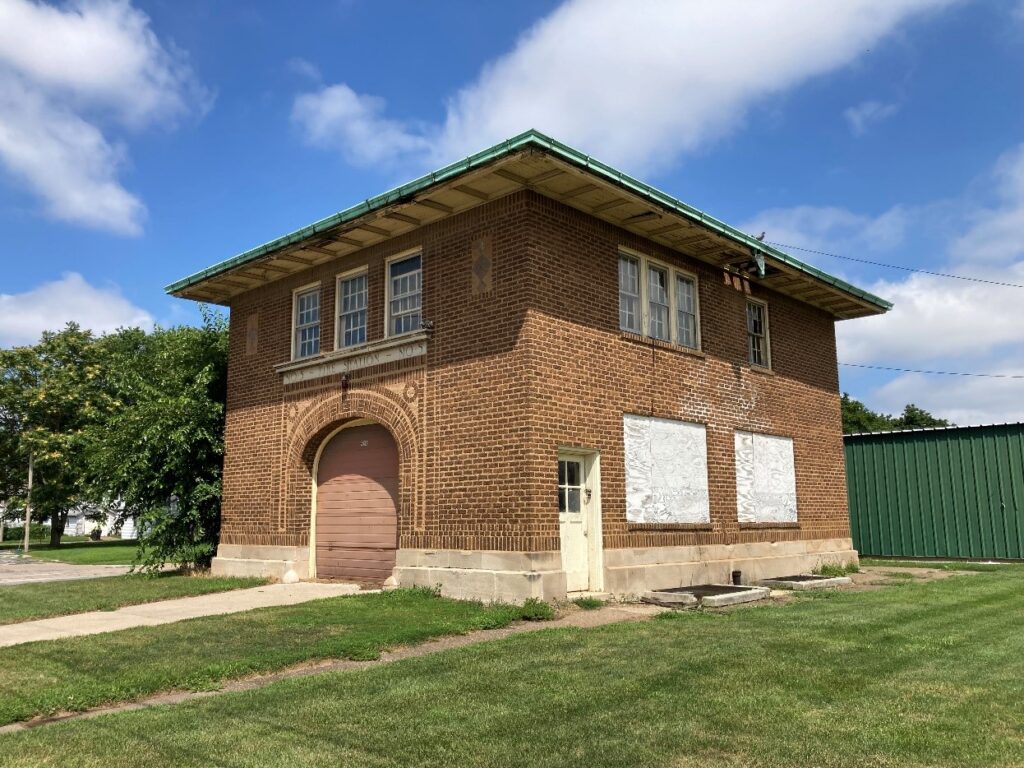ABI’s 2025 Ten Leaders to Know
QCBJ News Staff

Rock Island Fire Station No. 5. CREDIT CITY OF ROCK ISLAND
A historic century-old Rock Island firehouse classified by city officials as blighted and targeted for demolition has been granted a reprieve by aldermen.
The Rock Island City Council voted on Monday, Feb. 13, to delay consideration of a contract for up to $79,750 with Valley Construction to demolish Fire Station 5 at 901 18th Ave. The contract vote was delayed until its May 22 meeting.

Get immediate, unlimited access to all subscriber content and much more.
Learn more in our subscriber FAQ.
Do you want to read and share this article without a paywall?
